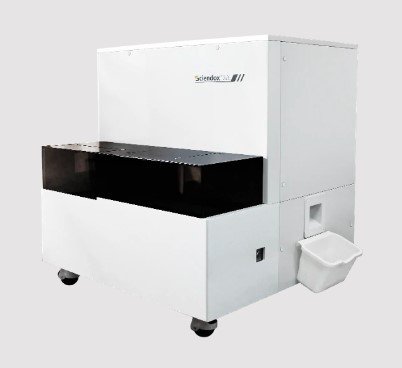Importing Medical Lab Devices for Phlebotomy Procedures: Understanding FDA Regulations and Guidelines
Summary
- Understanding the Regulations and guidelines set by the FDA for importing medical devices is crucial.
- Ensuring compliance with the Quality Standards and certifications is essential for the safety and effectiveness of medical lab devices.
- Proper documentation and record-keeping play a key role in the importation process of medical lab devices for phlebotomy procedures.
Introduction
Medical lab devices play a crucial role in phlebotomy procedures, aiding healthcare professionals in diagnosing and treating patients. When it comes to importing these devices into the United States, certain policies and procedures must be followed to ensure they meet the necessary safety and Quality Standards. In this article, we will explore what Regulations and guidelines should be adhered to when importing medical lab devices for phlebotomy procedures in the United States.
Regulations and Guidelines
One of the primary entities responsible for regulating medical devices in the United States is the Food and Drug Administration (FDA). The FDA has established Regulations that govern the importation of medical devices to ensure their safety and effectiveness. It is important for importers to familiarize themselves with these Regulations to avoid any Legal Issues or delays in the importation process.
Quality Standards and Certifications
When importing medical lab devices for phlebotomy procedures, it is crucial to ensure that the devices meet the necessary Quality Standards and certifications. The FDA requires that medical devices meet certain criteria to ensure their safety and effectiveness. It is important for importers to verify that the devices they are importing have been tested and certified by recognized organizations.
- ISO Certification: The International Organization for Standardization (ISO) sets international standards for quality management systems. Importers should ensure that the medical lab devices they are importing have been certified to meet ISO standards.
- CE Marking: In Europe, medical devices must bear the CE marking to indicate their compliance with European Union Regulations. While the CE marking is not required in the United States, it can serve as an additional assurance of quality and safety.
- FDA Approval: Some medical devices require premarket approval (PMA) or 510(k) clearance from the FDA before they can be imported and marketed in the United States. Importers should ensure that the devices they are importing have received the necessary approvals from the FDA.
Documentation and Record-Keeping
Proper documentation and record-keeping are key aspects of the importation process for medical lab devices. Importers must maintain detailed records of the devices they are importing, including information on their specifications, certifications, and testing results. In the event of an inspection or audit, importers must be able to provide this documentation to demonstrate compliance with the Regulations.
Additionally, importers must ensure that the labeling and packaging of the medical lab devices comply with the FDA Regulations. The labeling should include important information such as the device's intended use, warnings, and instructions for use. Importers must also ensure that the devices are packaged securely to prevent damage during transit.
Conclusion
Importing medical lab devices for phlebotomy procedures in the United States requires careful adherence to Regulations and guidelines set by the FDA. It is essential for importers to ensure that the devices meet the necessary Quality Standards and certifications to guarantee their safety and effectiveness. Proper documentation and record-keeping play a crucial role in the importation process, allowing importers to demonstrate compliance with the Regulations. By following the policies and procedures outlined in this article, importers can import medical lab devices for phlebotomy procedures with confidence.

Disclaimer: The content provided on this blog is for informational purposes only, reflecting the personal opinions and insights of the author(s) on the topics. The information provided should not be used for diagnosing or treating a health problem or disease, and those seeking personal medical advice should consult with a licensed physician. Always seek the advice of your doctor or other qualified health provider regarding a medical condition. Never disregard professional medical advice or delay in seeking it because of something you have read on this website. If you think you may have a medical emergency, call 911 or go to the nearest emergency room immediately. No physician-patient relationship is created by this web site or its use. No contributors to this web site make any representations, express or implied, with respect to the information provided herein or to its use. While we strive to share accurate and up-to-date information, we cannot guarantee the completeness, reliability, or accuracy of the content. The blog may also include links to external websites and resources for the convenience of our readers. Please note that linking to other sites does not imply endorsement of their content, practices, or services by us. Readers should use their discretion and judgment while exploring any external links and resources mentioned on this blog.
